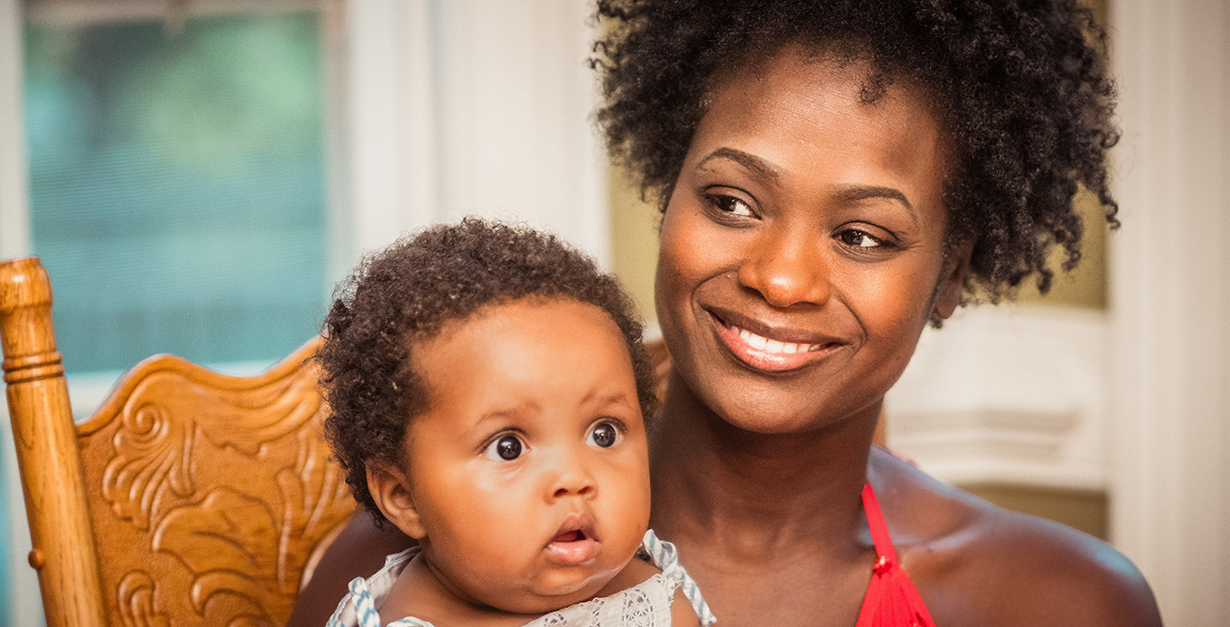Baby not responding to sleep training
When sleep training doesn’t seem to be working, it’s often not your baby—it’s the approach. Every baby is unique, and some methods might not align with your child’s temperament or developmental readiness. It’s essential to step back, assess what’s happening, and make thoughtful adjustments to your plan.
- It Might Be the Method:Not every sleep training method works for every family. For example, some babies don’t respond well to Cry-It-Out or Ferber because the check-ins may overstimulate them, or they might need a more gradual approach like the Sleep Lady Shuffle. If you’ve been consistent and still see no progress after several days, it’s time to consider a gentler, more tailored strategy.
- The Role of Consistency:One of the biggest reasons sleep training fails is inconsistency. Trying one method one night and a different approach the next can confuse your baby, making it harder for them to learn. Choose a method that feels right for you and your baby, and stick with it.
- Consider a Sleep Coach:If you’re feeling overwhelmed or unsure about what adjustments to make, working with a trained sleep coach can be a game-changer. A coach can help you assess your baby’s sleep environment, routine, and specific needs, and create a customized plan that works for your family. Having that extra layer of guidance and accountability can make all the difference in sticking to a plan and seeing results.
- Ruling Out Medical Concerns:If your baby’s sleep remains unpredictable despite consistent efforts, it’s always a good idea to check with your pediatrician. Conditions like reflux, allergies, or sleep apnea can interfere with sleep and need to be addressed before coaching will work effectively.
- Take Care of Yourself:Teaching your baby to sleep is a big task, and it’s important to make sure you’re getting rest and support, too. Self-care—whether it’s a short nap, a walk, or just a few moments to breathe—can help you stay calm and focused, which benefits your baby during the process.

Ferber method not working
The Ferber method, which involves checking on your baby at gradually increasing intervals while they cry, works for some families but can be problematic for others.
Why Ferber May Not Work:
- Inconsistency Hurts Progress: If you don’t stick with the exact timing intervals or abandon the process after a few nights, your baby doesn’t learn to self-soothe. Instead, they cry longer, thinking they need to try harder to get your attention. This makes the problem worse.
- Too Stimulating for Some Babies: For some children, seeing you during a timed check but not being picked up can feel confusing or even frustrating. These babies often escalate their crying when they see you but don’t get the comfort they expect.
- Baby’s Developmental Readiness: If your baby isn’t developmentally ready to self-soothe—such as those under six months—Ferber can become an exhausting and ineffective process. It’s just too early for some babies to master this skill.
How to Adjust If Ferber Isn’t Working:
If you’ve tried Ferber and it’s leading to more crying instead of progress, consider moving to a gentler, more consistent method. Babies who find the check-ins too stimulating often respond better to a plan like the Sleep Lady Shuffle, where you stay close by and gradually move further away over time. And always ensure that you’re putting your baby down awake—starting sleep while being rocked or fed often leads to struggles when they wake in the middle of the night.

Cry it out method not working
Cry-It-Out, also called the extinction method, is often recommended for sleep training, but it’s not the right choice for every family—or every baby.
Why Cry-It-Out May Not Work:
- It’s Too Distressing for Parents: Many parents find it emotionally unbearable to let their baby cry without offering comfort. If you start CIO but give in halfway through because it feels too hard, you’re actually teaching your baby that crying longer or harder will bring you back. This inconsistency makes the problem worse.
- Some Babies Cry More Intensely: Certain babies escalate their crying to the point where they’re unable to calm down. They may get hysterical, making it harder for them to learn to self-soothe and fall asleep.
- Negative Sleep Associations Haven’t Been Addressed: If your baby is used to being rocked, nursed, or held to fall asleep, simply stopping those habits without giving them an alternative way to soothe themselves can lead to resistance.
What I Recommend Instead
Cry-It-Out is fast for some families, but it’s not gentle—and it’s not for everyone. If you find yourself dreading bedtime because CIO feels too harsh or doesn’t fit your parenting style, you’re not alone. The Sleep Lady Shuffle offers a gradual, supportive approach where you can stay present with your baby, offering comfort and reassurance as they learn this important skill. It works for parents who emotionally or philosophically resist leaving their baby to cry alone.
FAQs
Sleep training not working after 2 weeks
If sleep training hasn’t worked after two weeks, it could be due to:
- Inconsistency: Mixed responses during night wakings confuse the baby. Stick with one method.
- Method Mismatch: The chosen method may not suit your baby’s temperament. Consider a gentler approach like the Sleep Lady Shuffle.
- Underlying Issues: Check for medical concerns (e.g., reflux or allergies) or overtiredness that could disrupt progress.
Why does my baby still cry after sleep training
Babies may cry after sleep training because:
- Skill-Building: It takes time for some babies to fully master self-soothing, even after initial progress.
- Residual Sleep Associations: If they’re still relying on a crutch (like feeding or rocking), they’ll protest when it’s removed.
- Inconsistency: If you sometimes intervene differently, it might reinforce crying as a way to get attention.
Sleep training regression after 1 week
Regressions after sleep training can happen because:
- Developmental Milestones: Changes like crawling or standing can temporarily disrupt sleep.
- Parental Inconsistency: Changing your response to night wakings can trigger setbacks.
- Exhaustion or Over-Stimulation: Ensure your baby isn’t overtired or overstimulated before bed.




